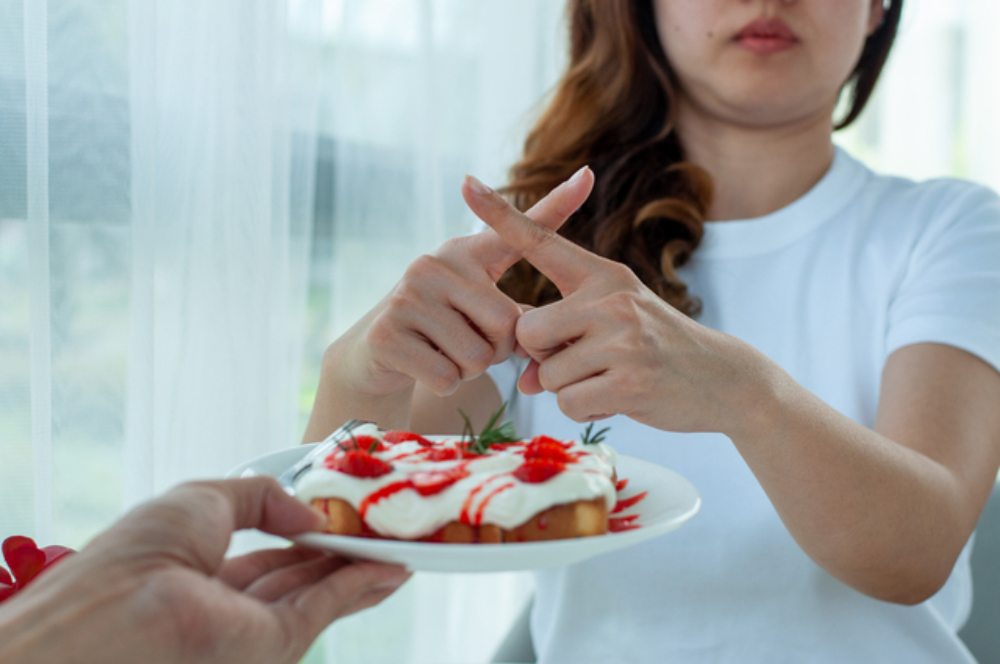Foods to Avoid to Prevent Gout Flares
Gout is a painful form of arthritis caused by a buildup of uric acid in the body, leading to inflammation and severe joint pain—often in the big toe. One of the biggest triggers for gout attacks is diet. Certain foods and drinks can increase uric acid levels, making flares more frequent and more painful1.
If you want to keep gout at bay, here are some foods and drinks to avoid:
1. Red Meat
While a juicy steak or a lamb chop may be tempting, red meats like beef, lamb, and pork are high in purines, which break down into uric acid in the body2. Instead, opt for leaner protein sources like poultry, tofu, or legumes in moderation.

2. Certain Seafood
Not all seafood is bad, but some types are notorious for triggering gout attacks. Anchovies, sardines, mussels, and other shellfish are particularly high in purines3. If you enjoy seafood, try lower-purine options like salmon or shrimp in moderation4.

3. Beer and Spirits
Alcohol is a major gout trigger, but not all alcohol affects gout the same way. Beer and spirits (like whiskey, vodka, and rum) are especially bad because they increase uric acid production while also slowing down its elimination from the body5. If you drink alcohol, occasional wine may be a better choice, but moderation is key6.

4. Sugary Foods and Drinks
Fructose—a type of sugar found in sodas, fruit juices, candy, and other processed sweets—can increase uric acid levels and contribute to gout flares7. High-fructose corn syrup is especially problematic, so be mindful of ingredient labels on packaged foods. Instead, choose water, herbal teas, and natural sources of sweetness like whole fruits.

Final Thoughts
While avoiding these foods can help reduce your risk of gout attacks, it’s also important to maintain a healthy, balanced diet rich in vegetables, whole grains, and lean proteins. Staying hydrated and maintaining a healthy weight can also help keep gout under control18.
By making smart dietary choices, you can keep gout flares in check and enjoy a healthier, pain-free life!
References
Let me know if you’d like to turn this into a downloadable handout or social media post as well!
Footnotes
- Mayo Clinic. (2023). Gout. Retrieved from https://www.mayoclinic.org/diseases-conditions/gout/symptoms-causes/syc-20372897 ↩ ↩2
- Choi, H. K., Atkinson, K., Karlson, E. W., Willett, W., & Curhan, G. (2004). Purine-rich foods, dairy and protein intake, and the risk of gout in men. New England Journal of Medicine, 350(11), 1093–1103. ↩
- Arthritis Foundation. (n.d.). Gout and Diet: Foods to Avoid. Retrieved from https://www.arthritis.org/health-wellness/about-arthritis/types/gout/diet-nutrition/gout-diet-foods-to-avoid ↩
- Zhang, Y., & Chen, C. (2012). Purine content of various seafoods and the risk of hyperuricemia. Food & Nutrition Research, 56(1), 1–7. ↩
- Neogi, T. (2011). Gout. New England Journal of Medicine, 364(5), 443–452. ↩
- Choi, H. K., Curhan, G. (2004). Beer, liquor, and wine consumption and serum uric acid level: the Third National Health and Nutrition Examination Survey. Arthritis & Rheumatism, 51(6), 1023–1029. ↩
- Johnson, R. J., Sautin, Y. Y., et al. (2009). Potential role of sugar (fructose) in the epidemic of hypertension, obesity and the metabolic syndrome, diabetes, kidney disease, and cardiovascular disease. American Journal of Clinical Nutrition, 86(4), 899–906. ↩
- National Institute of Arthritis and Musculoskeletal and Skin Diseases. (2022). Gout. Retrieved from https://www.niams.nih.gov/health-topics/gout ↩




